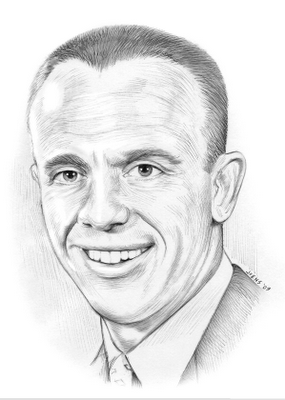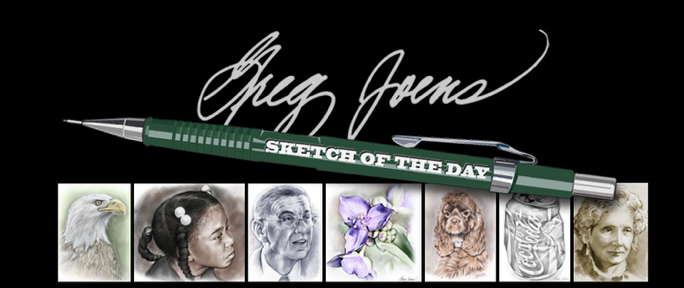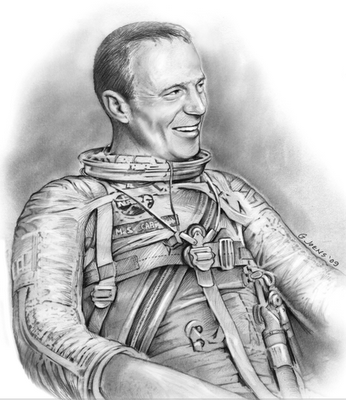
Source: Wikipedia
Harriet Tubman (born Araminta Ross; c. 1820 – March 10, 1913) was an African-American abolitionist, humanitarian, and Union spy during the American Civil War. After escaping from slavery, into which she was born, she made thirteen missions to rescue over seventy slaves[1] using the network of antislavery activists and safe houses known as the Underground Railroad. She later helped John Brown recruit men for his raid on Harpers Ferry, and in the post-war era struggled for women's suffrage.
As a child in Dorchester County, Maryland, Tubman was beaten and whipped by her various owners. Early in her life, she suffered a traumatic head wound when she was hit by a heavy metal weight thrown by an irate slave owner, intending to hit another slave. The injury caused disabling seizures, headaches, powerful visionary and dream activity, and spells of hypersomnia which occurred throughout her entire life. A devout Christian, she ascribed her visions and vivid dreams to premonitions from God.
In 1849, Tubman escaped to Philadelphia, then immediately returned to Maryland to rescue her family. Slowly, one group at a time, she brought relatives with her out of the state, and eventually guided dozens of other slaves to freedom. Traveling by night and in extreme secrecy, Tubman (or "Moses", as she was called) "never lost a passenger". Large rewards were offered for the capture and return of many of the people she helped escape, but no one ever knew it was Harriet Tubman who was helping them. When a far-reaching United States Fugitive Slave Law was passed in 1850, she helped guide fugitives farther north into Canada, and helped newly freed slaves find work.
When the American Civil War began, Tubman worked for the Union Army, first as a cook and nurse, and then as an armed scout and spy. The first woman to lead an armed expedition in the war, she guided the raid on the Combahee River, which liberated more than seven hundred slaves. After the war, she retired to the family home in Auburn, New York, where she cared for her aging parents. She was active in the women's suffrage movement until illness overtook her and she had to be admitted to a home for elderly African-Americans she had helped open years earlier.































